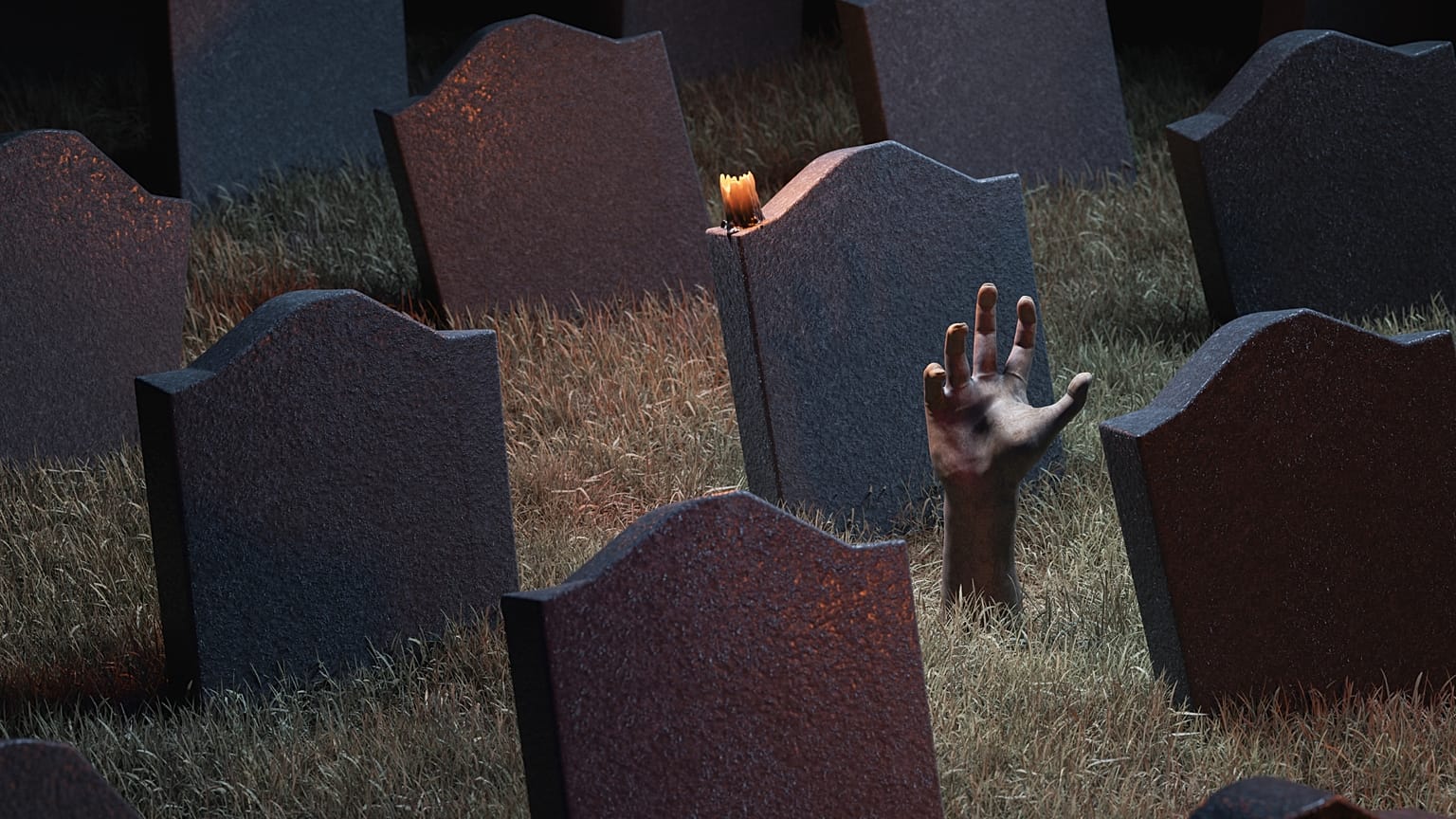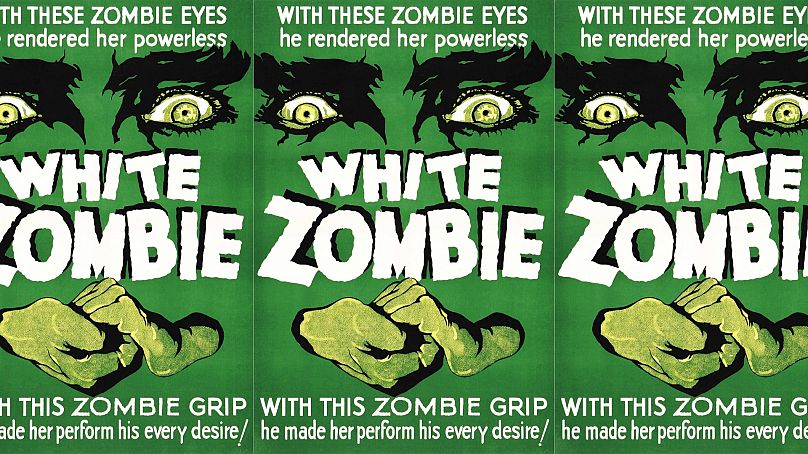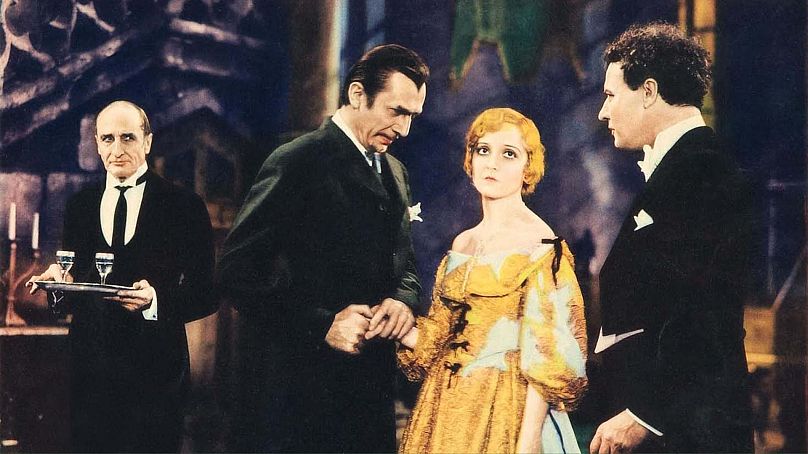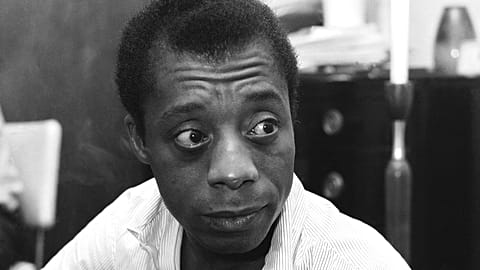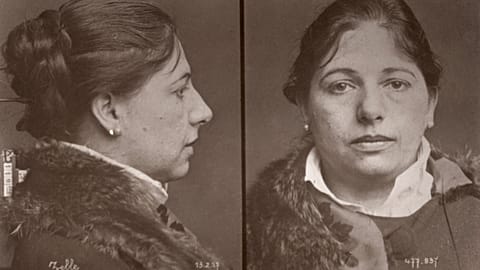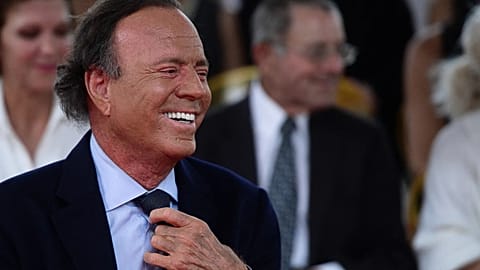Culture Re-View: A history of the first ever zombie film
28 July 1932: The first zombie feature film is released
The concept of zombies has existed for a long time. Believed to originate in Haitian folklore, the term may come from the Kongo language word for a divine spirit. The Central African Kongo people’s supreme deity is called Nzambi Mpungu, from which the term “zombie” might have been taken.
But it’s in Haiti that the mythical basis of the zombie originates. In the Haitian voodoo religion, a zombie is a dead person re-animated by a bokor (sorcerer or witch) using necromancy. While this is the basis of the modern understanding of the zombie, Haitian folklore also includes a “zombie astral” which describes a human soul trapped in a non-human form such as a lucky token.
The intrigue of the zombie myth made it an increasingly popular device in American horror at the beginning of the 20th century, culminating in the first time they were featured in a film.
That film was White Zombie. Released in 1932, it’s the archetypal early horror film. Made before the Hays Code came into effect, it came at the beginning of early horror director Victor Halperin’s interest in the genre and featured Bela Lugosi, the Hungarian-American actor already famous for his starring role as Count Dracula in 1931 and before his next star turn Ygor in 1939’s Son of Frankenstein.
Lugosi plays “Murder” Legendre, a White Haitian voodoo master in charge of a group of zombies. In the story, Legendre convinces a man to convert his ex-lover into a zombie to make her fall in love with him. As you can expect, things don’t exactly go to plan and Legendre has ulterior motives for creating a horde of zombies.
For the era, the budget was tight at only $50,000, one-tenth of which supposedly was Lugosi’s salary, well under what a star of his calibre could demand. Shot in just 11 days, Halperin made use of spare props and scenery from other horror films also filmed on Universal Studios’ lots.
Upon release it was criticised. The acting was stilted and reminiscent of a silent-era film. The dialogue wasn’t much better either. Many compared it to the far more popular 1931 films Dracula and Frankenstein but the true impact of White Zombie was yet to be understood.
Unlike the two other films, White Zombie was the first feature length zombie film. A new horror genre was born. A sequel, Revolt of the Zombies, also by Halperin and reusing some of the original’s footage was released in 1936, but it’s the other films that followed up on its themes that cemented its impact. The Ghost Breakers (1940), King of the Zombies (1941), I Walked with a Zombie (1943), and The Plague of the Zombies (1966) all followed, taking the themes of reanimation but dropping much of the Haitian setting.
Probably the most influential zombie film after White Zombie took until 1968 to be released. George A. Romero’s Night of the Living Dead was the first zombie film to tie the archetype of an undead being to a satire of consumerism. Romero’s film spawned multiple sequels but also the modern conception of the zombie as a satire of humanity’s most slovenly impulses.














